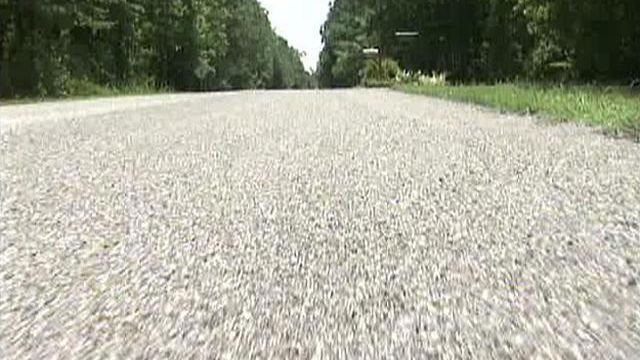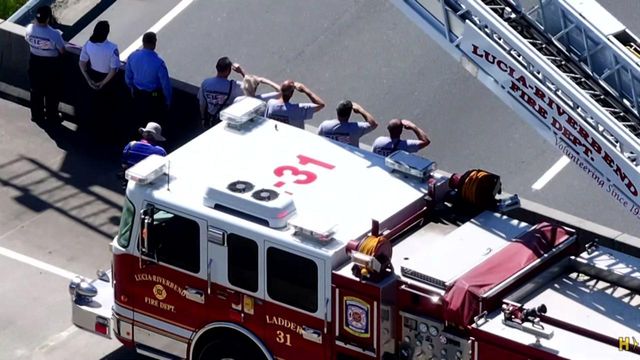New pavement upsets some Apex residents
Residents of an Apex subdivision say their road is rough and bumpy and not at all what they expected, considering it was just repaved.
The North Carolina Department of Transportation used a paving method on the road called bituminous surface treatment (BST). It consists of loose gravel on top of asphalt so the tar doesn't seep through.
Terry Kelly, who lives in the Whistling Quail subdivision off Humie Olive Chapel Road says loose gravel from the job, completed a few weeks ago, damages vehicles and makes it dangerous to bike, skateboard, use inline skates and even walk along the road.
"It's just the idea of the traction on the road," Kelly said.
But the DOT says the gravel is temporary and that the BST treatment is a cost-effective option on low-volume roads found in many subdivisions, like Whistling Quail.
"(That's) not saying we're going to do it on every single road, but we've got to look at economics to make our dollars stretch as far as we can," DOT division engineer Wally Bowman said.
BST, which has an average lifespan of 7 to 10 years, is less than half as expensive as traditional hot-mix asphalt, which lasts 12 to 15 years, Bowman says, and "it's a very proven treatment" the DOT has used for years.
In many cases, the DOT comes in and sweeps excess gravel to the side of the road. Bowman says it typically takes a couple of weeks for the loose gravel to begin disappearing.
"It's not as smooth, no doubt, as hot-mix asphalt, but it's a good application for those roads," Bowman said. "And once you give it a little bit of time, it's not as rough as what people think it's going to be."
Kelly and his neighbors say the "bumpy process" could have been much smoother.
"Communication between DOT and the neighborhood was not very good," he said, adding that residents would have liked to have known about the project and be involved in the decisions.
The DOT says that it is considering trying to improve lines of communication by giving residents notice, telling them what is going on and also give them examples of what future paving jobs would look like.











